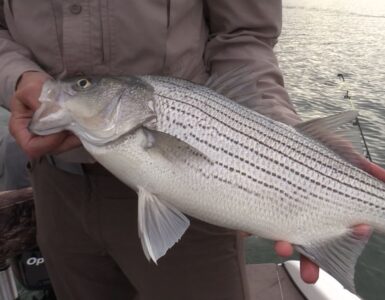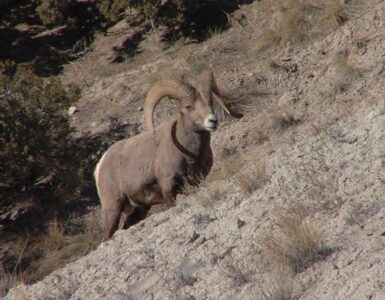One of he most memorable experiences in Alaska is when you get a chance to see a humpback whale breach as it feeds.
(whale jumps) “oh awesome, that was fantastic.”
In the summer, humpbacks are found in high latitude feeding grounds in the Atlantic and Pacific Oceans. In the winter, they migrate to calving grounds and are known to travel three to five thousand miles each way.
In Alaska, Humpbacks spend the majority of their time feeding and building up fat stores that they will live off of during the winter. Humpbacks filter feed on tiny crustaceans and small fish and can consume up to 3,000 pounds of food per day.
Humpback whales are well known for their long “pectoral” fins, which can be up to 15 feet in length. These long fins give them increased maneuverability; they can be used to slow down or even go backwards.
Adult females are larger than adult males, reaching lengths of up to 60 feet.
(Jeff Bringhurst, Sandy) What’s the limit on whales? I’m going to need a bigger pole! (alex) I’m not going to gaffe him! (laughs)
For more information on whales or any other creature found in Alaska or Utah, check out our Utah Field Guide on the web, you’ll find it at KSLTV.com.







Add comment